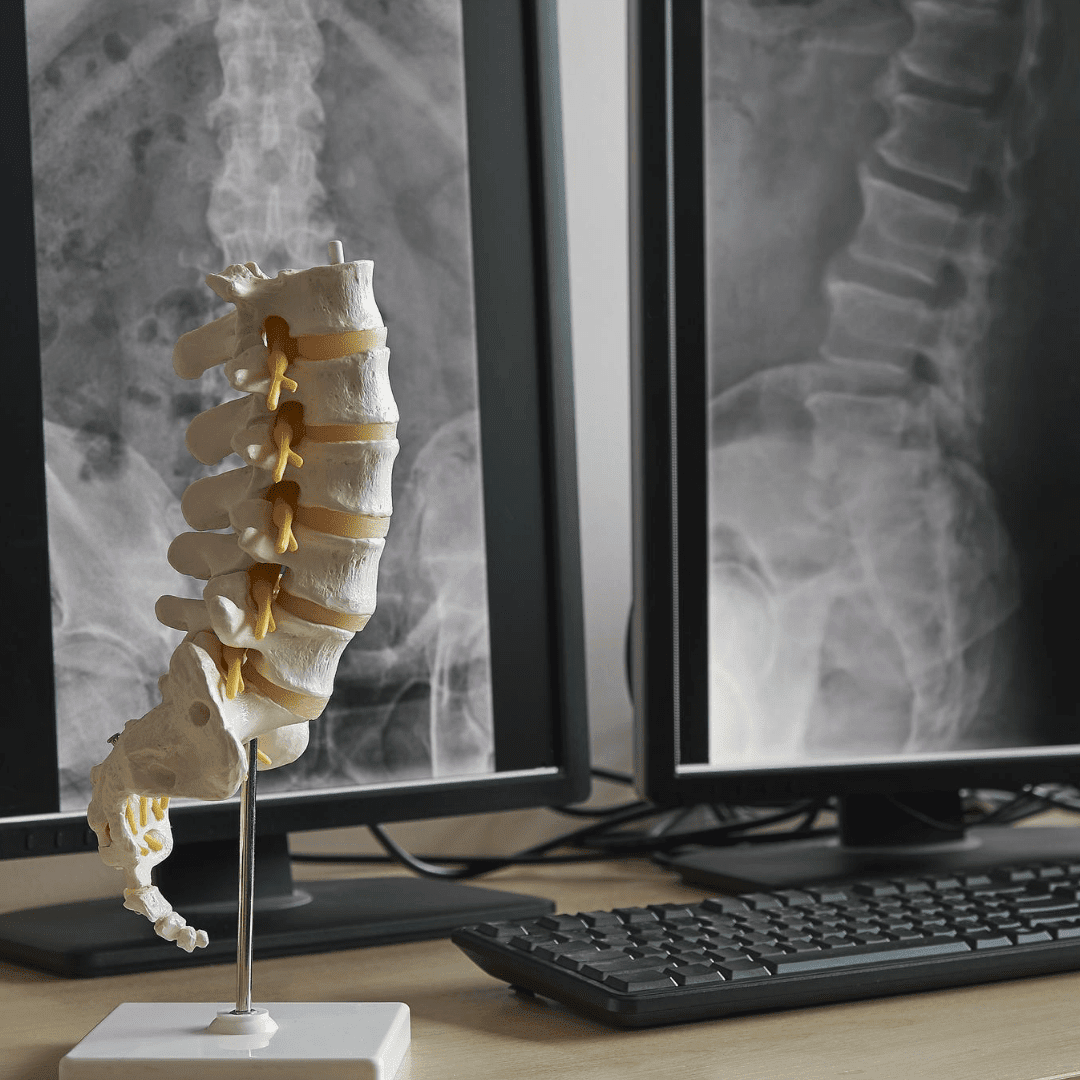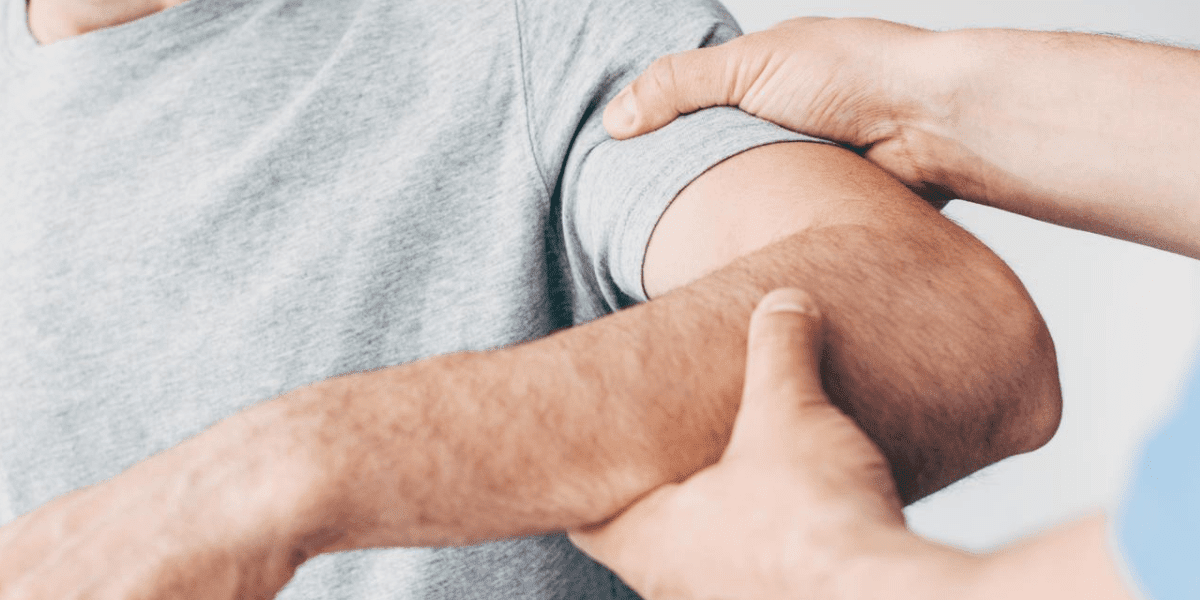Chiropractic Techniques in Maple Grove, MN
Chiropractic Techniques in Maple Grove, MN. After a chiropractor completes an undergraduate degree in pre-chiropractic studies, they attend a graduate-level chiropractic school. Some of the topics studied are established minimums for certification, anatomy, physiology, geriatric and pediatric care, microbiology, and others. Beyond the strict academic requirements, however, Maple Grove chiropractors have the option to maximize their effectiveness by receiving additional training in highly specialized chiropractic care techniques.
To the average person, choosing a chiropractor based on which techniques they use is a little like choosing a mechanic based on which brand of power tools they use. You're better off focusing on a chiropractor's track record of fixing the specific problem you're facing. But if you're anxious or hesitant about chiropractic care, a little background on the various techniques may help you overcome your apprehensions.
What are Chiropractic Techniques?
A chiropractic technique is a set of movements, instruments, or goals that treat specific spine-related conditions. Some techniques got their start hundreds of years ago, while others emerged within the past decade.
There is significant debate about how to distinguish the various chiropractic techniques. One expert might say there are five or six broadly defined techniques and another might claim there are over 200 distinct options. For this overview, we'll focus on the seven most common techniques, according to the American Chiropractic Association.
The Diversified Chiropractic Techniques
With more than 95% of practicing chiropractors using this technique, it's the one most patients will experience firsthand. The Diversified approach focuses on three outcomes: spinal alignment, proper joint function, and mobility.
Practitioners use manual therapy (hands-on and hands-off thrusts) with extreme precision to alleviate pain and enhance a patient's range of motion. Aided by proven joint manipulation and realignment practices, this technique's movements often create the popping noises that patients commonly associate with chiropractic adjustments.
The Diversified Technique is commonly used to treat:
- Headaches and migraines
- Herniated discs
- Sciatica
- Whiplash
If you want to speak with a top-rated chiropractor in Maple Grove who is highly trained in this technique, schedule a consultation with Dr. Tieri at Total Spine Health and Injury Center.
Spinal Manipulation/Mobilization Chiropractic Techniques
Spinal manipulation -- sometimes referred to as spinal mobilization -- is similar to the previous technique in many ways. The main difference is that spinal manipulation uses gentler thrusts and stretches to treat joint pain, inflammation, and nerve function.
A chiropractic adjustment following this technique may occur while the patient is lying on their back or sitting in a specialized chair. Regardless of the position, most spinal mobilization sessions involve a chiropractor evaluating an individual vertebra to determine whether or not it is not moving correctly.

Spinal Manipulation/Mobilization adjustments help alleviate:
- Muscle spasms
- Inflammation
- Posture-related problems
At its most basic, this popular technique is about finding mobility restrictions and improving overall motion through the joints of your spine.
The Activator Method
This is the most popular chiropractic technique (approximately 63% of practices use it in the US) that relies on handheld implements. Activator adjustment tools are spring-loaded devices that give the spine a quick and gentle force. These adjustments move bones back into place without causing pain or discomfort to the patient. The burst of energy is so fast (about three milliseconds) that patients don't have enough time to tense up, a reaction that can diminish the effectiveness of a chiropractic adjustment and cause soreness and stiffness after treatment.
The Activator technique is commonly associated with treating back pain, and also serves as a non-invasive option for treating musculoskeletal pain and problems in a patient's extremities. Sessions are generally quick and easy because the maneuverable nature of the device precludes the need for patients to assume awkward or abnormal positions.
The Activator Method is used for:
- Pain in the extremities
- Alignment issues in the upper spine
- Lower back pain
Some patients may find chiropractic devices offputting. If that's the case, watch this one-minute video from the manufacturer to see what Activators look like in action.
The Gonstead Technique

With just under 10% of America's chiropractors using this method, the Gonstead technique is one of the more specialized approaches. What makes it unique is how it combines chiropractic instruments, x-rays, and hands-on examinations to pinpoint areas that require attention and adjustment.
Imaging and manual assessments help practitioners detect subtle signs of inflammation and nerve pressure at all levels of the spine. The Gonstead Method is one of the few chiropractic techniques that heavily emphasize evaluating a patient's spinal column as they move (vs. solely examining patients while they are lying or sitting still).
The Gonstead Method can treat patients suffering from:
- Hip or pelvic misalignments
- Nerve-related back pain
- Neck pain
The Gonstead Method is considered one of the safest chiropractic techniques available. It is also one of the main reasons so many patients from surrounding areas choose Total Spine Health and Injury Center in Maple Grove for chiropractic care.
The Flexion-Distraction Technique
Similar in popularity to the previous technique, Flexion-Distraction centers around the use of a specially designed table with independent segments to facilitate gentle and rhythmic adjustments. Chiropractors leverage the movements of the table to stretch and decompress your spine, relieving pain in your extremities and your back.
Flexion-Distraction pioneers developed their table to reduce pressure on problematic discs along a patient's spine. This ensures that sessions are usually painless and, in many cases, pleasant. The Flexion-Distraction technique may be your best option if you've recently suffered an injury or are especially sensitive to chiropractic adjustments.
Flexion-Distraction adjustments are a standard solution for:
- Sciatica relief
- Herniated disc treatment
- Lumbar-spine conditions
- Pinched nerve relief
There have been countless academic confirmations of chiropractic care in recent years. But in 2018, the effectiveness of the Flexion-Distraction technique made headlines after researchers published compelling results in the Journal of Physical Therapy Science.
The Extremity Manipulation Technique
It's not hard to guess how this method works. The Extremity Manipulation technique involves adjusting and aligning joints outside of the spinal column to increase mobility and reduce pressure and discomfort.
For example, an extremity manipulation session may include therapeutic movements of the shoulder, elbow, wrist, hip, knee, or ankle joints. The speed and intensity of movements are based on your condition's severity and the results of a thorough examination from a licensed chiropractor.

The Extremity Manipulation technique is used to treat:
- Carpal tunnel
- Arm and leg pain
- Shoulder pain
The American Chiropractic Association estimates that 95% of chiropractic clinics use this technique. But since it is often confused with the Diversified technique, the actual number may be lower.
The Thompson/Drop Technique
Whether you see this technique referred to as the ‘Thompson’ or ‘Drop Table’ technique, the idea is the same. A special table lowers specific areas of a patient's body in small increments. At the same time, a chiropractor uses precise thrusts to apply pressure. The changing height of the table's segments makes it easier to treat hard-to-access parts of the spine.
Most chiropractors begin by assessing the length of a person's legs (relative to their pelvis and spine) to determine the location and number of necessary movements. Once that is decided, thrusts are gentle compared to those used in other techniques, with patients often describing them as vibrations.
The Thompson/Drop Method helps with:
- Pregnancy-related adjustments
- Pediatric chiropractic care
- Neck curvature
Despite being the last entry on our list, more than half of America's chiropractors use this technique. In fact, chiropractic schools often include the Thompson technique as part of their core curriculum.
Which Chiropractic Techniques are Best?
Patients often ask their chiropractor which technique produces the best results. The answer is simple: the one that relieves your pain and mobility issues the fastest. Everyone's body is different, and there is no one-size-fits-all solution to spine-related issues. The best chiropractors are the ones who incorporate elements from a variety of techniques to provide personalized and sustainable adjustments.
The team at Total Spine Health and Injury Center in Maple Grove is renowned for its patients' quality-of-life improvements. Schedule a consultation today to start working with Dr. Tieri on a regimen that will put a spring back in your step.
